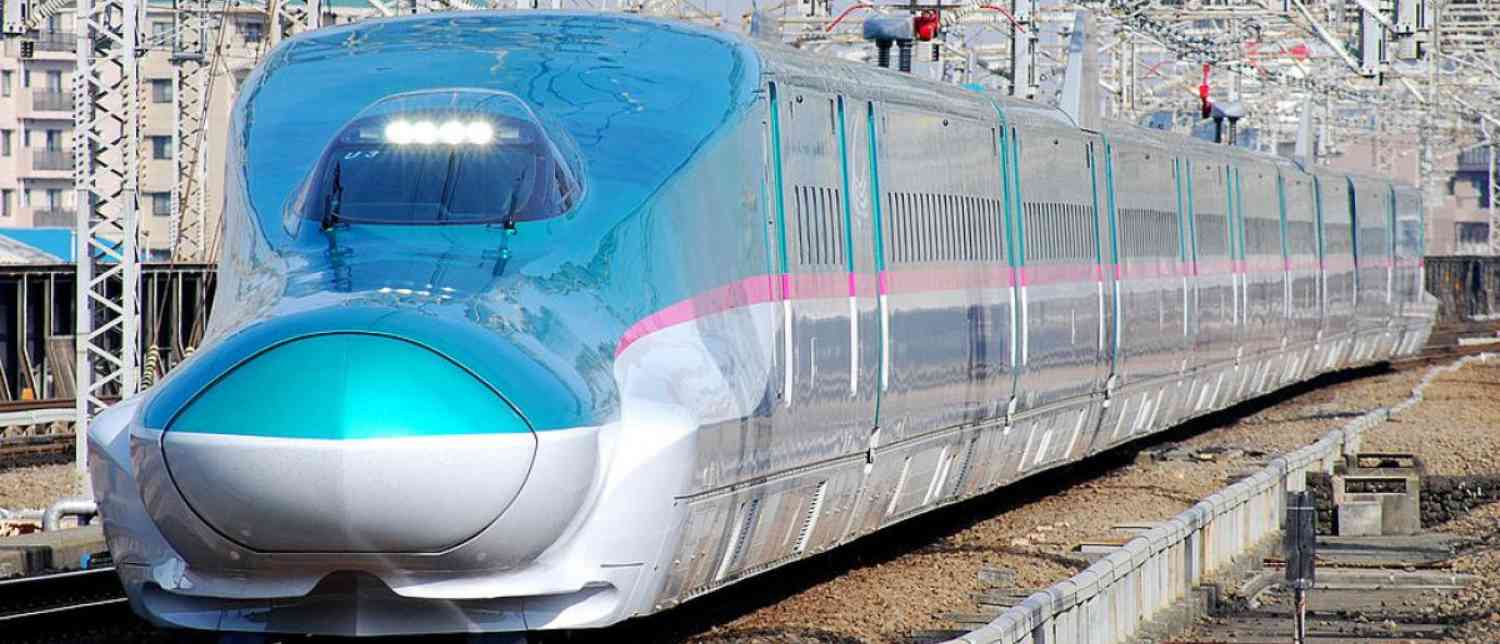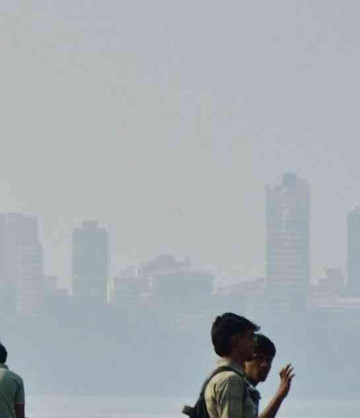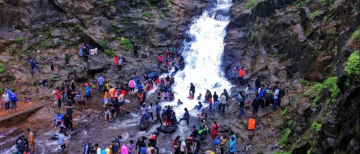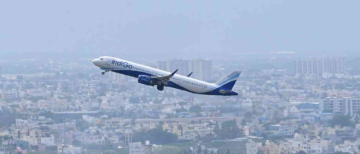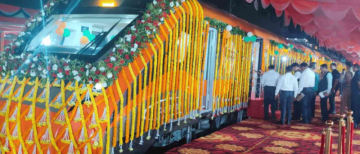India is preparing to take a historic leap in modern transportation with the launch of its first-ever bullet train project on the Mumbai–Ahmedabad corridor, expected to begin operations in 2027. Touted as a game-changer for the nation’s rail infrastructure, the project promises not only record-breaking travel speeds but also a new standard of comfort, safety, and connectivity for millions of passengers.
Backed by cutting-edge Japanese technology, massive foreign investments, and a vision to revolutionize public transport, the Mumbai–Ahmedabad Bullet Train is much more than just a rail project—it represents India’s aspirations to compete with the world’s leading economies in infrastructure innovation.

What Makes the Mumbai–Ahmedabad Bullet Train Special?
The Mumbai–Ahmedabad High-Speed Rail (MAHSR) will cover a total distance of 508 kilometres, connecting two of India’s busiest economic hubs—Mumbai, Maharashtra’s financial capital, and Ahmedabad, Gujarat’s commercial heart.
The train will run at a maximum speed of 320 kmph (with an operational speed of 308 kmph), drastically reducing travel time between the two cities to just two hours and seven minutes. Currently, the same journey takes:
-
8–10 hours by road (depending on traffic conditions),
-
6–7 hours by conventional rail (even on express services like Vande Bharat Express).
With this speed advantage, passengers will enjoy unprecedented convenience—imagine leaving Mumbai after breakfast and arriving in Ahmedabad just in time for lunch.
Route and Stations: Connecting 12 Cities Across Maharashtra and Gujarat
The Mumbai–Ahmedabad Bullet Train corridor will feature 12 stations strategically located to maximize connectivity, economic growth, and regional development.
Stations in Maharashtra (4)
-
Mumbai (Bandra Kurla Complex – BKC) – The starting point of the corridor, located underground in Mumbai’s bustling financial hub.
-
Thane – Catering to one of India’s most densely populated districts.
-
Virar – Serving the rapidly developing suburban and industrial zones in Palghar district.
-
Boisar – Located near Tarapur, a significant industrial and manufacturing hub.
Stations in Gujarat (8)
-
Vapi – The first stop in Gujarat, connecting the industrial belt of Valsad district.
-
Bilimora – Gateway to Saputara, Gujarat’s only hill station, boosting tourism.
-
Surat – India’s diamond and textile capital, with massive passenger demand potential.
-
Bharuch – An industrial hub, especially in chemicals and petrochemicals.
-
Vadodara – A major cultural and commercial city, acting as a junction for central Gujarat.
-
Anand/Nadiad – Known as the “milk capital of India,” home to Amul and the cooperative dairy revolution.
-
Ahmedabad – The state’s largest city and an important hub for trade, culture, and governance.
-
Sabarmati – The final station, designed as a multimodal transport hub linking the bullet train with metro, rail, and road networks.
Construction Progress: Gujarat Leading the Way
The Gujarat portion of the corridor, stretching from Vapi to Sabarmati, is progressing rapidly and is expected to be completed by December 2027, according to Railway Minister Ashwini Vaishnaw.
Images shared by the Ministry of Railways show that stations in Gujarat are nearing completion. The Ministry described the designs as modern, eco-friendly, and culturally inspired, with promises to “redefine passenger comfort and set new benchmarks in travel.”
Meanwhile, the Maharashtra stretch, including the ambitious underground terminal at Mumbai’s BKC, is also under construction but is expected to take slightly longer.
Financials: A Mega Investment in India’s Future
The Mumbai–Ahmedabad Bullet Train project is a massive infrastructure investment with an estimated cost of ₹1.08 lakh crore. The funding model is a collaborative effort between India and Japan:
-
81% (₹88,000 crore) funded by the Japan International Cooperation Agency (JICA) through a soft loan.
-
19% (₹20,000 crore) funded jointly by the Indian Ministry of Railways (50%), Government of Maharashtra (25%), and Government of Gujarat (25%).
As of June 30, 2024, the Government of India reported a cumulative expenditure of ₹78,839 crore on the project.
The involvement of Japan highlights the bilateral trust between the two nations. The technology being imported is derived from Japan’s world-renowned Shinkansen model, known globally for its safety, reliability, and punctuality.
The #BulletTrain stations on the Mumbai–Ahmedabad corridor in Gujarat are nearing completion. With modern design, cultural identity, seamless connectivity and eco-friendly features, the stations will redefine passenger comfort and set new benchmarks in travel. pic.twitter.com/2olttW6Mnb— Ministry of Railways (@RailMinIndia) August 28, 2025
Diplomatic Ties: The Japan Factor
India’s Ambassador to Japan, Sibi George, recently reaffirmed the 2027 deadline, stating, “We will have a train running on that corridor by 2027. I stand by what I said.” His remarks came ahead of Prime Minister Narendra Modi’s two-day visit to Japan for the 15th India-Japan Annual Summit, where he met Japanese Prime Minister Shigeru Ishiba.
Strategic Significance of Modi’s Visit
-
Strengthening Indo-Japanese ties, especially in the Indo-Pacific region.
-
Reviewing the Special Strategic and Global Partnership, formalized in 2014 under PM Modi and late Japanese PM Shinzo Abe.
-
Expanding cooperation in critical minerals, advanced technology, and defence.
Japanese Investments in India
-
Japan has proposed an investment of ₹5.96 lakh crore in India over the next decade.
-
The earlier commitment of 5 trillion yen over five years (made in 2022) is already nearing completion, with 4 trillion yen achieved.
-
The bullet train project is the centrepiece of this collaboration, symbolizing Japan’s role as a trusted partner in India’s economic transformation.
Defence, Security, and Human Resource Cooperation
Alongside economic discussions, the summit also touched upon:
-
Defence cooperation – Plans to revisit the 2008 India-Japan Security and Defence Agreement to align with the current geopolitical landscape.
-
Workforce mobility – Japan faces a projected shortage of 790,000 skilled workers by 2030. India is being considered a key partner to supply skilled professionals, creating opportunities for Indian talent abroad.
The Fare Factor: How Much Will a Bullet Train Ticket Cost?
While official fares are yet to be announced, industry estimates suggest that a full journey between Mumbai and Ahmedabad will likely cost ₹3,000 to ₹5,000.
-
Shorter routes (like BKC to Thane or Surat to Vadodara) will cost less.
-
For comparison, a 500-km journey in Japan’s Shinkansen costs around ₹8,000 or more. Luxury classes go up to ₹20,000.
Though higher than conventional trains, the bullet train is expected to be competitive with air travel, offering passengers faster boarding, smoother travel, and central city-to-city connectivity.
What Passengers Can Expect: Modern Travel Experience
India’s first bullet train is being designed with world-class features to ensure safety, speed, and comfort:
-
Plush seating and spacious interiors, comparable to business-class air travel.
-
Digital ticketing platforms for hassle-free booking.
-
Eco-friendly station architecture, integrating renewable energy and sustainable practices.
-
Seamless multimodal connectivity, linking bullet train stations with metros, highways, and airports.
-
Advanced safety systems using Japanese Shinkansen technology, renowned for its zero-fatality record in over 50 years of operation.
Economic and Social Impact of the Bullet Train
The Mumbai–Ahmedabad Bullet Train will not just reduce travel time—it is expected to reshape India’s economy in several ways:
-
Boost to Business and Tourism – Faster travel will encourage business expansion between Mumbai and Gujarat’s industrial hubs, while also boosting tourism to destinations like Saputara and Ahmedabad.
-
Job Creation – Thousands of jobs are being generated during the construction phase, with more employment expected in operations, maintenance, and allied industries.
-
Regional Development – Smaller cities along the route, such as Vapi and Bilimora, will benefit from improved connectivity, attracting new investments.
-
Technology Transfer – Exposure to advanced Japanese rail technology will build domestic expertise in high-speed rail engineering.
Looking Ahead: 2027 and Beyond
By 2027, India’s dream of joining the league of nations with high-speed rail will become a reality. The Mumbai–Ahmedabad bullet train is not just about cutting travel time; it symbolizes:
-
India’s economic progress,
-
its ability to execute mega-infrastructure projects, and
-
the country’s ambition to lead in sustainable and modern transportation.
The broader vision is clear: once the Mumbai–Ahmedabad project proves successful, similar high-speed rail corridors could be expanded to connect Delhi, Chennai, Kolkata, and other metros, reshaping how India travels.
The Mumbai–Ahmedabad Bullet Train project represents a watershed moment in India’s transport history. Covering 508 kilometres in just over two hours, supported by Japanese Shinkansen technology, and backed by one of the largest infrastructure investments in India’s history, it is set to redefine the future of travel.
With its first run expected in 2027, the project will bridge cities, boost economies, generate jobs, and mark India’s formal entry into the age of high-speed rail. More than just a train, it is a symbol of India’s growing global stature, strategic partnerships, and ambitious vision for the future.
With inputs from agencies
Image Source: Multiple agencies
© Copyright 2025. All Rights Reserved. Powered by Vygr Media.

